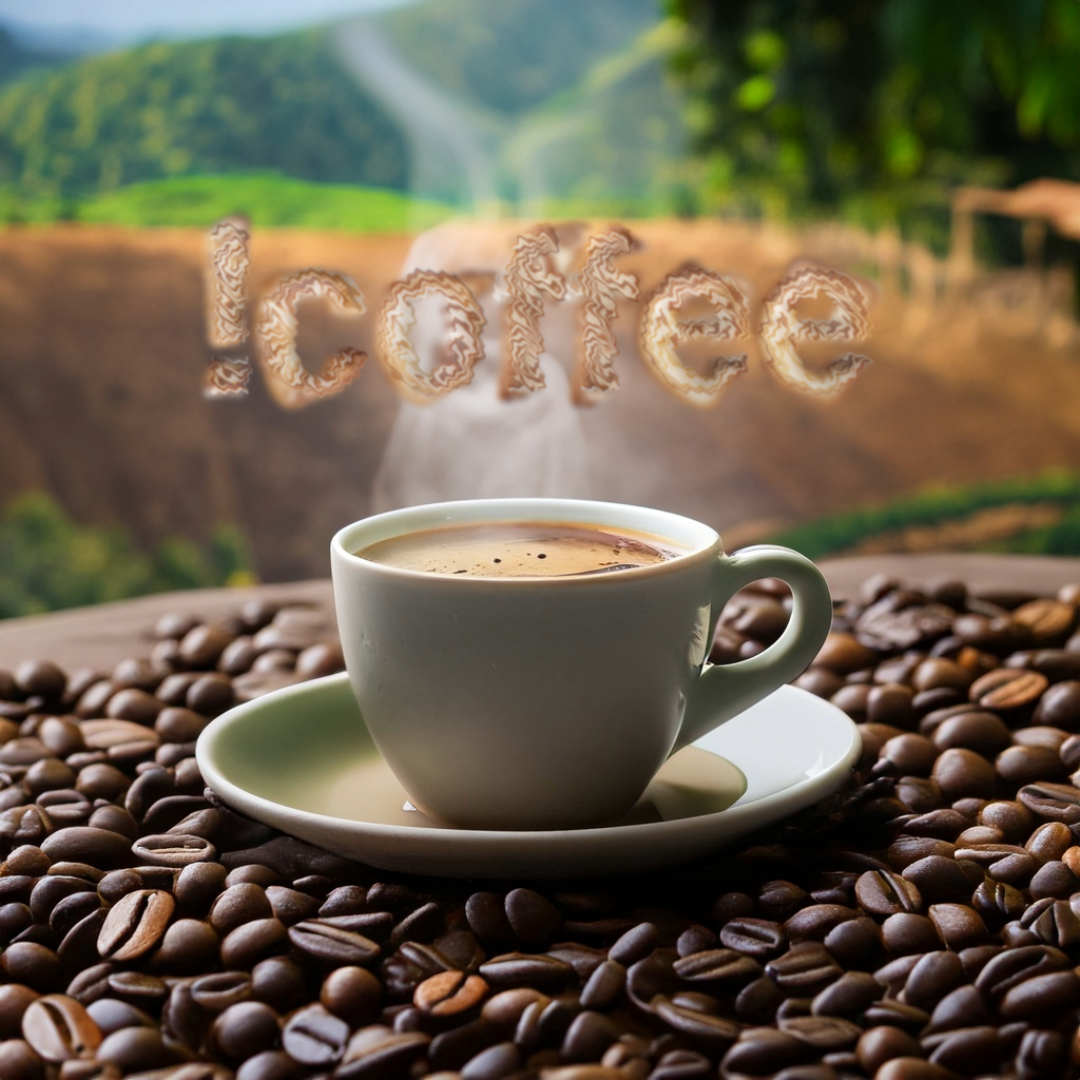

this explains it a bit. The quick and dirty answer is that when you boil a mash, you are boiling a solution, not just 3 individual liquids (ignoring all the other stuff in there). It’s similar to how adding salt to water lowers the freezing point and raises the boiling point.
Water is polar, while ethanol only has mild polarity. Methanol is more polar than ethanol, so it holds onto the water more. If you had a mixture of methanol and ethanol with no water, you’d probably get more methanol first, but the water changes things.









I hand pollinate a lot of my plants, especially cherry tomatoes. If you don’t do it, you’ll probably still get plenty of tomatoes, but you won’t get that nice neat row.